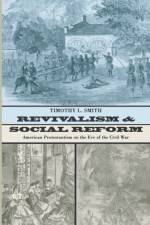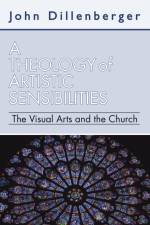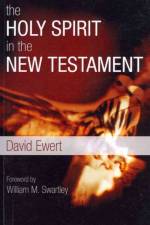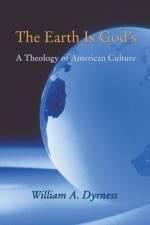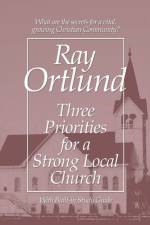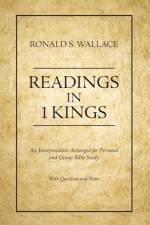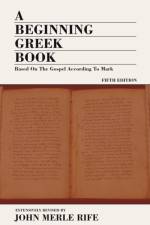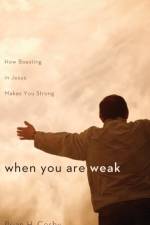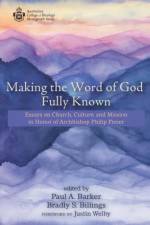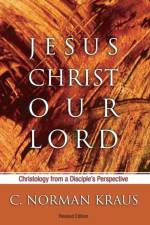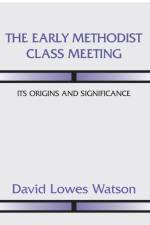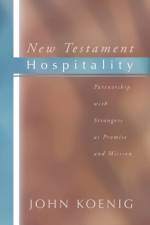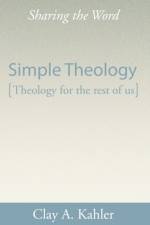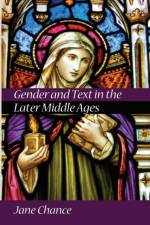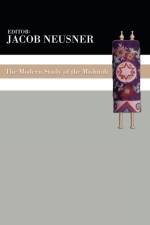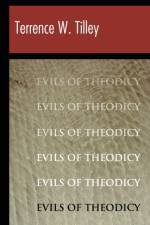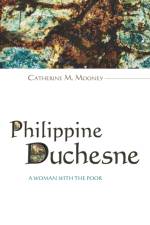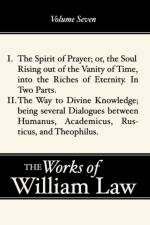av Professor Emeritus John Dillenberger
421
For most of history, argues John Dillenberger, the visual arts were, for better or worse, part of the very fabric of the life and thought of the church. But with the Reformation and the Counter-Reformation a major change took place. Protestant rejection of the visual was matched in Roman Catholicism by the reduction of its formative power. While the visual arts dropped out of the lives of Protestant churches, they became a memory rather than a source of ennoblement or power in the Roman Catholic Church. Thus, in different but allied ways, Protestants and Catholics lost the power of the visual.Part art history, part historical theology, and part theological reflection, this book is both an argument and a program for the recovery of the visual arts in the life of the church, for reclaiming seeing as part of religious perception. It offers a theological understanding of the visual and provides a basis upon which the visual arts may again be incorporated into Protestantism and reinvigorated in Roman Catholicism. The first part is devoted to historical reconstruction, exploring those moments in Western history in which the relation between religion and the arts was in ferment. Part 2 is given to contemporary delineation and analysis: of spiritual perceptions in modern American painting and sculpture, of modern church art and architecture, and of the changing views of contemporary theologians toward the visual arts. Citing David Tracy, Karl Rahner, Langdon Gilkey, and others as examples, Dillenberger argues that contemporary theology is moving away from the modern rationalistic understanding of theological analogy to one far closer to the arts. Part 3 is constructive, developing a theological perspective that demands and includes the visual arts, and suggesting ways in which this can be accomplished in pastoral and theological education.The world of art, says Professor Dillenberger, is more aware of the role of religion in the arts than the world of religion is of art. Thus it is time for the church to resume its historic association with the visual arts, albeit in analogous rather than repristinating ways.

